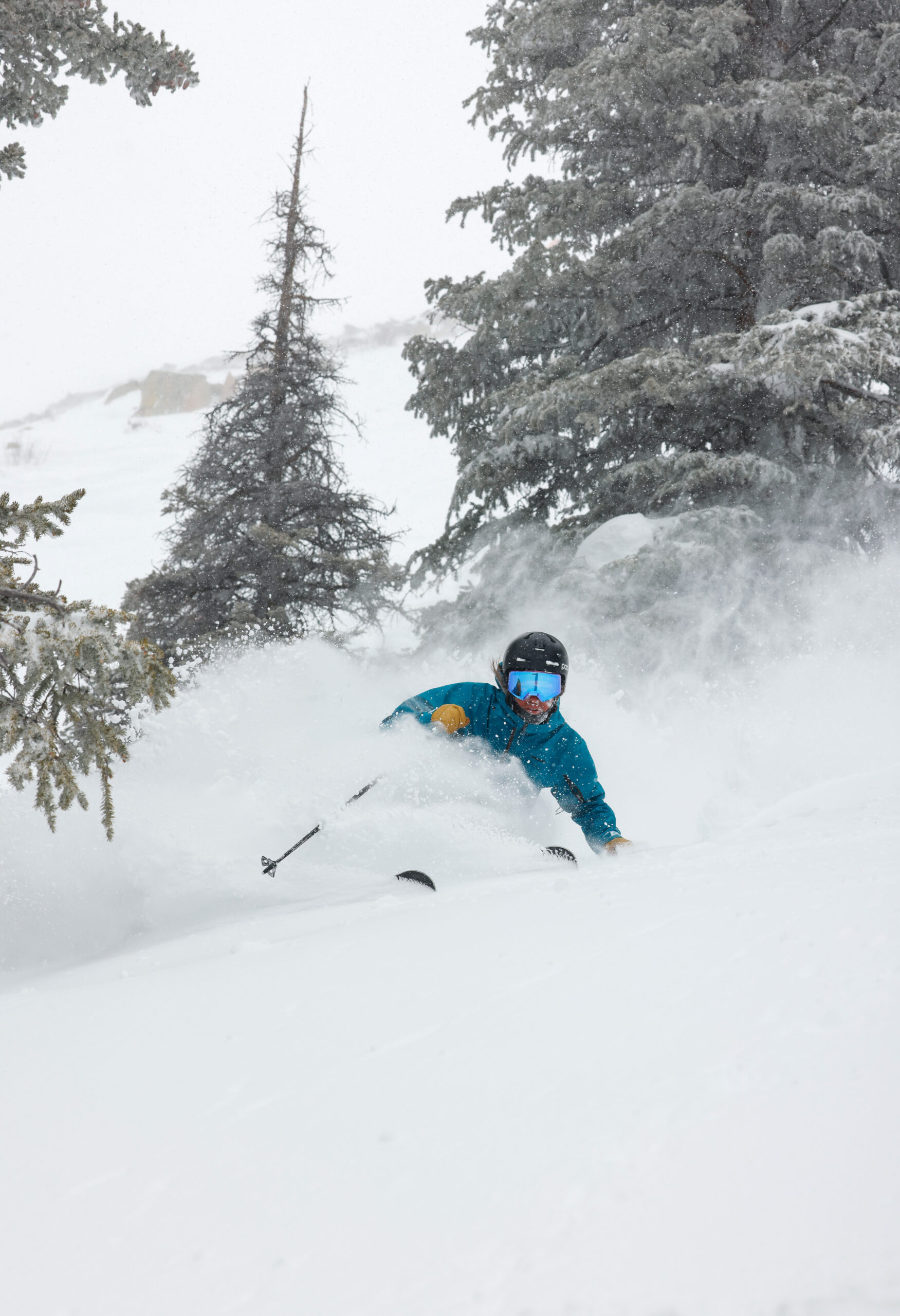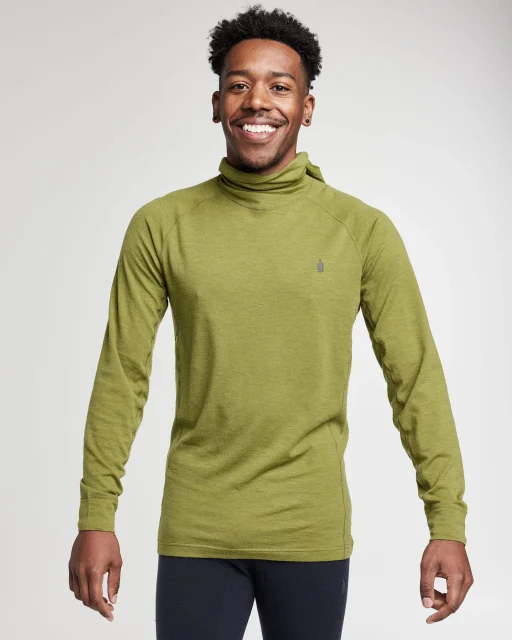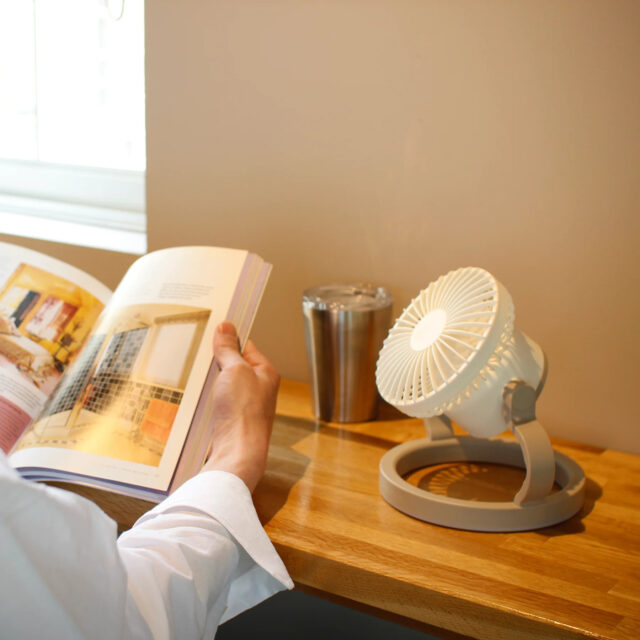
Intro
Most of our reviews are pretty long — and take a long time to produce — because we want to provide enough info for you to actually determine whether the gear we tested will work well for you.
But we get asked to check out an increasingly wide range of products, and sometimes, we just want to tell you about something we’ve been using and loving lately.
So that’s where this monthly series — Stuff We Like — comes in, where we keep you current on a broad range of stuff we’re currently digging.
And if there’s something you love that you think we ought to check out, drop us a note in the comment section below.
GearDryer Solo 12V
MSRP: $199
Dylan Wood: The GearDryer Freestanding 12 and the Wall Mount 12 (AKA “TARS,” review coming soon) have been absolute must-haves in Blister HQ. With a team that’s bigger than ever and a particularly snowy season, we have a lot of wet gear from the ski day that needs to be dry the next day to go out and do it all again. And while those larger dryers are perfect for our headquarters, GearDryer’s Solo 12V has been an awesome, compact dryer for my apartment and for ski road trips.
With 5 ports and tons of customization options with regards to how these ports can be set up and used, the Solo 12V has room for gear that typically gets wet during a ski day. I’ve been using it for my boots, gloves, and balaclava. It pushes 130 cubic feet of air per minute through these ports and directly into your gear, and it’s been quite effective in drying even the wettest of my items.

The Solo 12V has three different fan speeds — low, medium, and high — and I’ve typically opted for the “high” setting with good results. The Solo will run for 6 hours, then shut off to prevent accidentally adding too much to your monthly energy bill. I also found that it doubles very nicely as a white noise machine for those who like some ambient noise for sleeping.
The Solo V12 can be mounted to a wall at home to take up less space, but I’ve been happy using it on the ground. You have to be strategic with your initial setup by accounting for the weight of your gear not tipping the Solo 12V over, but after figuring out what works best for you, it’s quite easy to just throw your wet gear on it, set the fan, and let it do its work.
The GearDryer Solo 12V can be plugged into any traditional wall outlet. Additionally, it comes with a 12-volt car adapter for drying on the go. The Solo 12V is small enough that it’s a no-brainer to take along with me on ski road trips, and I think that I’d also try and take it along with me when flying to ski, assuming I have space in my luggage.
Gear experts agree that keeping your gear dry helps extend its lifespan, and the GearDryer Solo 12V is a great way to do that at home or on the go.
100% Norg Goggle
MSRP: $250
Luke Koppa: A few of us have been using 100%’s new Norg and Snowcraft goggles, and the feedback across the board has been quite positive. I’ve mostly been using the Norg as my low-light goggle, since I really like the HiPER Blue Flash lenses’ contrast, and because the goggle fits my face really well, while the others with lenses I like don’t create as good of a seal around my face.
And for me, the main thing that stands out with the Norg is how comfortable it is; it creates a nice, uniform seal (for my face, at least), and I appreciate the big, wide strap. The other thing that stands out is the molded nose bridge on the lens, which I still can’t really decide if I like or not. It’s definitely gotten the most comments / questions out of all the goggles I’ve worn, and I’m still split about whether I dig the look. But aesthetics aside, the Norg is a solid, high-end goggle with a very solid-feeling magnetic lens-swap system, which makes lens changes quite easy. It’s not as easy to pop out the lens as Anon’s M series of goggles, but the connection on the Norg is super solid and I haven’t had the lens pop out when I didn’t want it to, despite many tomahawks. The lenses we’ve tested have all been up-to-par when it comes to contrast and clarity, relative to other high-end models, and if they fit your face, I think they’re super comfortable.

North St. Bags Upcycled Davis Daypack
MSRP: $145
David Golay: North St. Bags is a Portland, OR-based company that makes a wide range of bags and backpacks, and I’ve been using the Upcycled version of their Davis Daypack for a while now, and like it a lot.
The Davis Daypack is a fairly minimalist roll-top backpack that North St. says has 1,100 cubic inches (18 liters) of volume with the roll-top closed, and I’ve primarily used it as a laptop bag with some extra room for a jacket, some food, and other odds and ends. The main body of the pack is just one large compartment without any built-in division, but two strips of loop-side Velcro around the inside allow for a variety of internal dividers (sold separately) to be added and removed as desired. I haven’t tried any of those yet, but I have been quite happy with the functionality of the Davis pack without them — it’s perfectly sized for a 15’’ laptop and carries it quite nicely. There’s an extra zippered pocket on the face of the pack, plus water bottle sleeves on both sides.

The Davis pack wouldn’t be my first choice for more technical endeavors — it’s got a chest strap but no waist one, and while it’s plenty secure for bike commuting and the like, and while it carries some weight pretty well, it’s definitely more minimalist than heavily featured. But for the ways I’m using it, the form factor is excellent.
All of North St.’s bags are sewn in Portland, but what really sets the Upcycled version of the Davis apart is that it’s made from reused tents from SRAM and Lifetime events, with a recycled sailcloth lining. It’s a cool approach to reuse some material that would otherwise probably wind up in a landfill, and the quality still feels great. The nature of the fabric does mean that each pack looks a little different, and most have some patches of text on them (in most cases cropped so that it’s not very readable), but I still think the finished product looks really nice. But if you’re not so into the aesthetic (or North St. runs out of tents), there’s a standard solid-color version of the Davis available as well.
Trew Lightweight Nuyarn Chill Top & Bottoms
MSRP: $125 (top); $85 (bottom)
Luke Koppa: Trew’s original Lightweight Chill Top and Bottoms were some of my favorite baselayers for winter. They were warm enough for frigid mid-winter lift laps (when paired with appropriate midlayers), they were breathable enough for spring tours, they resisted odor buildup very well, and the fits were great for my preferences. However, after mine finally started accruing some holes after several hundred days of use, Trew had discontinued them, and I had to find alternative replacements.
Fortunately, Trew brought them back this year, and so far, they seem to be performing basically exactly like the originals, and have therefore become staples in my baselayer rotation. I still love the stretch, comfort, and durability of the Nuyarn merino / nylon fabric, and I’m still a big fan of the top’s built-in, hinged balaclava / hood design. The bottoms are a ¾ cut, making them perfect for ski and snowboard boots; the seam at the cuff of the bottoms is tighter than the original, making it kind of annoying to pull over my calves / ski socks, but that might be a fluke on my pair. Mostly, I’m just psyched these baselayers are back, since they’re some of the best I’ve ever used.


Circulaire Portable Fan and Light
MSRP: $76
Kristin Sinnott: After spending a few warm nights in my Go Fast Camper Rooftop Tent, the Circulaire popped up on my social media feed and I thought it could be the perfect solution for keeping things cool in the tent and for providing good light. Unfortunately, the Circulaire didn’t arrive until the fall and I have yet to test it in a rooftop tent, or in any tent for that matter. But I have found other uses for it and it has saved me multiple times in the past few months.
Most recently, my smoke alarm went off due to an unfortunate incident with some baked goods. In the past, I would have opened all of our windows and waved a pillow or cookie sheet at the alarm to quiet it, but this time, I hooked the Circulaire to the adjacent light fixture and pointed it right at the smoke alarm. This worked like a charm thanks to the adjustability of the fan and included hook. I also used the Circulaire as a light when the electricity stopped working in my tiny bathroom. With limited spots to place a light, it was nice to have the option to hook the LED ring light onto the top of the enclosed shower (I didn’t use the light when showering though). It provided great light for the space.





Helly Hansen Lifaloft Air Jacket
MSRP: $300
Jed Doane: The Lifaloft Air Jacket is a high-end active insulation piece that I’ve been wearing inbounds and touring for the past several months, and I’ve been impressed with how versatile it is in a range of uses and conditions. HH’s Lifaloft insulation is proprietary and designed in conjunction with Primaloft, and features a similar basic design to Polartec Alpha and other leading active insulation technologies. A windy day at Revelstoke presented a good test, with biting cold and wind throughout the day mixed with intermittent bootpacking.

I was quite comfortable with a midweight merino baselayer, the Lifaloft Air jacket, and a 3L Gore-Tex Pro shell. While touring in colder conditions, I find myself leaving it on most of the time and staying pretty comfortable with the temperature swings that come with changes in wind, exertion, and sun exposure. I found the soundproofing satisfactory and generally better than I’d expect with the level of breathability the Lifaloft Air jacket offers.
It’s designed with a nice slim fit with good stretch in the face fabric that makes it very easy to move in, which is especially appreciated when wearing a pack. The pockets are well-designed and lightweight — there’s a thin chest phone pocket and two handwarmer pockets that extend high enough to accommodate hands with a pack’s waist strap cinched. I appreciated the addition of a cord-adjustable waist and found the elastic hood and cuffs to work well. With a Blister’s measured weight of 383 grams for a Men’s Medium, it’s pretty light considering its three-pocket design and relatively durable and stretchy face fabric, and is right in the middle of other active layers we’ve tested. I don’t take it off much, but it packs down to the size of a 1L Nalgene if needed.
Overall, the Lifaloft Air jacket is an excellent daily driver for ski touring, offering excellent breathability during high-exertion states as well as better-than-expected warmth and windproofing. It’s the only midlayer I’ve reached for in the past several months.
Bialetti Moka Express
MSRP: $32 (3 Cup Capacity)
Matt Mitchell: My morning routine is simple: wake in darkness and consume a surfeit amount of coffee as soon as humanly possible. Years and years of commencing my day like this has led me through many different brewing traditions; I was a devotee of the antiquated Mr. Coffee as a teen, then converted to the ever-trendy Chemex for a while before developing a taste for the harder stuff — espresso. This latest stage threatened to be my undoing. Any worthwhile espresso machine is, in most cases, prohibitively expensive and countertop-crowding, and considering I’m usually pressed for both, splurging on a chromed-out Italian setup felt like a flex I couldn’t in good conscience justify.
But addictions can make you tremendously resourceful, and after spending more time on internet message boards than I’d care to admit, I discovered that you don’t in fact need a stand-alone espresso machine to actually make espresso (or at least something approximating it in substance / taste).

While it won’t pull the quality of shot a La Marzocco will, the humble moka pot, a stove-top appliance that’s mechanically similar to a percolator, will get you pretty close.
I’ve been using the classic Moka Express model from Bialetti several times a day and it’s quickly become my preferred brewing method. The coffee it churns out is not quite as potent as espresso, but pretty damn close, much more concentrated than what you can make in a French-press, and what it might lack in caliber it more than makes up for in price. There are a ton of different styles and sizes to choose from, but I think the 93-year old Italian heritage brand, Bialetti, makes some of the best examples. I like the 3 cup version for personal use, but their Moka Express model comes in sizes as high as 12 if your partner also imbibes heavily.

I too have an obsession with espresso. The wacoco picopresso is the best non-super-expensive-espresso-machonr espresso maker I’ve found yet. Definitely worth checking out.
Robertson – that Wacoco Picopresso looks pretty cool. That’s your daily driver, and not just a portable / take-it-on-the-road option?
Dylan, have you had an experience running the gear dryer via 12V. It caught my attention for camping trips.
Bialetti Pro Tip: Always use the Stainless Steel Versions….the Aluminium ones taste shitty…(Italians do it better, you know)
On my recent trip to Italy, the locals did point out that’s what they use at home. And it was great.
But, I already have the espresso machine, and the space for it, so will stick with that.
I am reconsidering the Moka pot for travel vs French press.
Jed, if you have any experience with the Arcteryx Atom light, can you describe difference between it and the LifaLoft Air?
Aeropress?